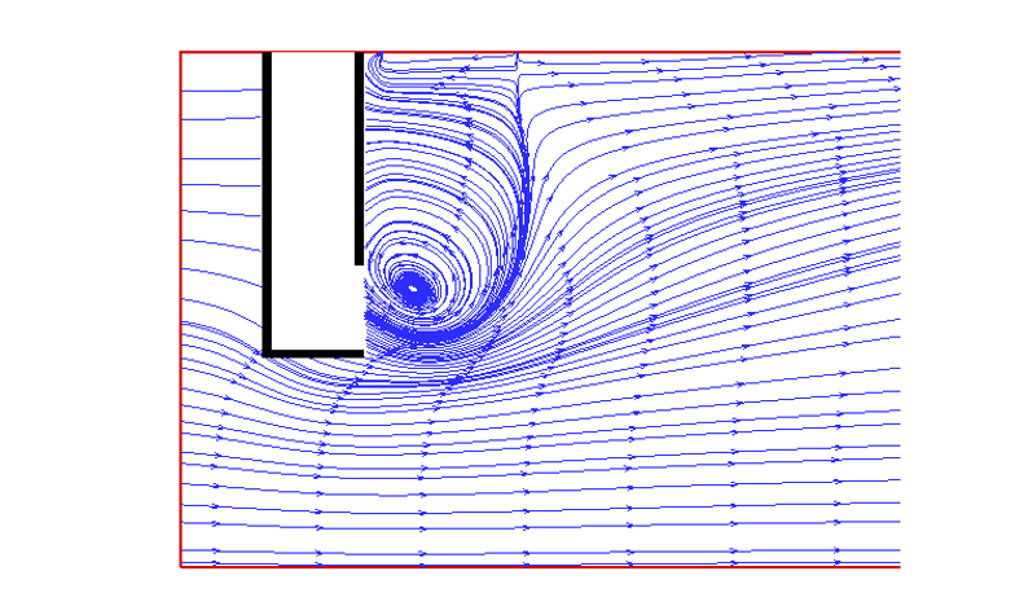Abstract
Bluff body shapes are used to promote better heat and mass transfer in various industrial flow situations, flow past them serving to enhance turbulence and thereby promote mixing, primarily due to the vortex shedding created. In this paper, the turbulent mixing fields for flow past a square sparge jet is investigated both experimentally and numerically. The geometry considered for this study was a square channel fitted with a square sparge located midway along its length. Time Resolved – Particle Image Velocimetry (TR-PIV) measurements were conducted to measure and quantify the mixing and the turbulent fields behind the sparge. Measurements were carried out at a frequency of 1 KHz to capture the unsteady behaviour of the flow past the sparge and its jet. Computational Fluid Dynamics (CFD) simulation of the set-up was carried out by solving Unsteady Reynolds Averaged Navier Stokes (URANS) equations with the k-ω model as turbulence closure. Various ratios between the bulk flow past the sparge and that of its jet were considered to investigate the turbulent behaviour of the sparge geometry, while also providing data for model development and calibration. The long-term aim is to identify sparge designs that provide enhanced mixing in industrial flow settings.

